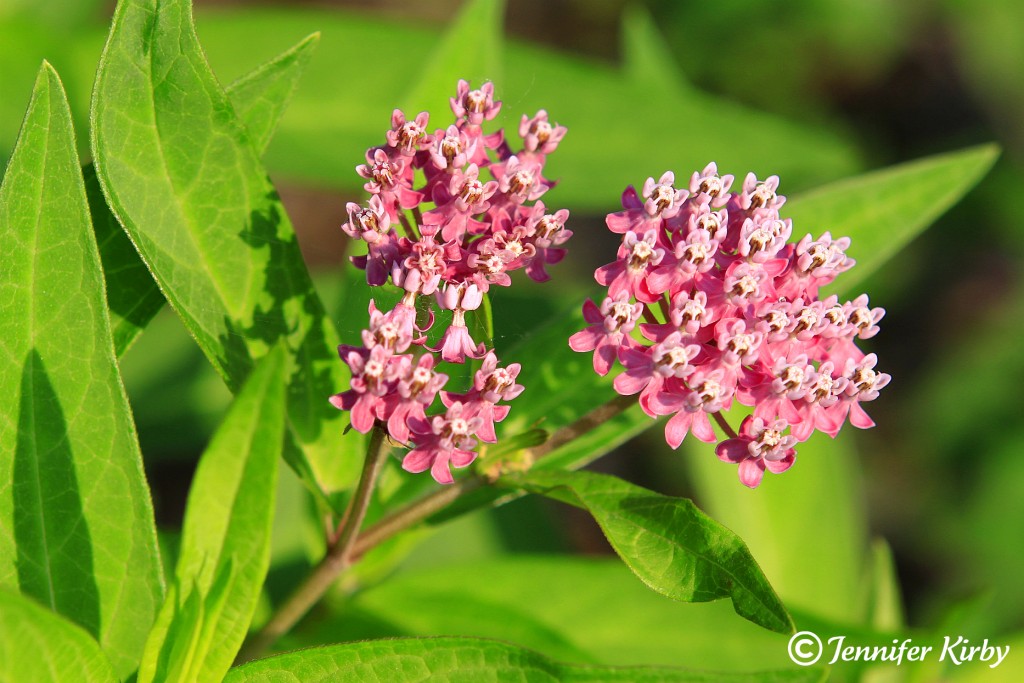Recently I was reading an article in the Star Tribune that just makes you shake your head in wonder. The City of Edina and some of its residents seem to dislike the growing natural area around the new Public Works building as it looks too “weedy”. I guess people just can’t appreciate the pink blossoms of Milkweed (which is the only thing Monarch butterflies lay their eggs on), or the beauty of yellow sunflowers swaying in the breeze. The complainants prefer manicured yards to nature and rain gardens, and want the city to start mowing the area.
Now, I really hate to go into how stupid the Mayor and Council member sound in the article, but that’s what happens when you are not educated about a subject. They need to take a class on native wildflowers, grasses, and rain gardens before they go any further on this topic and discover how beneficial this green movement can be to their town.
I first learned about Rain Gardens when I moved to Minnesota through the Blue Thumb program. I attended a class as I was curious about how they work. Simply, instead of rain water going directly off streets into sewers, the rain water first goes through the rain garden and then into the ground, thus helping keep pollutants out of our rivers and lakes. Case in point, the City of Burnsville conducted a study of the benefit of rain gardens by implementing them in a test neighborhood, and the results show how beneficial such gardens are to storm water runoff.
There is a strong push in Minnesota to go native. Prairie planting with native wildflowers is becoming much more common. Instead of bushes, home owners are planting perennial wildflowers and quite frankly, I think yards are looking better. Wildflowers offer fantastic curb appeal, not to mention low maintenance.
Sometimes rain gardens are new to city planners, so you might have to educate your town. I requested putting in a rain garden on our property easement due to the steep slope, as rain just pours down one side of our property line, but the city member I spoke with just looked at me with dumb look on his face and asked what a rain garden was. I was then told that plants could not be put in an easement. When I explained what a rain garden does, he stuck to his guns and said no, I could not get permission to put one in. Maybe he needs to see Burnsville’s case study, and other Minnesota towns success, to get a better idea on the benefits of natural plantings.
Going prairie in Minnesota seems to be the future. The low maintenence reduces city costs while adding natural beauty to the area. If you are interested in learning more about native plantings, the best resource I have found is the Blue Thumb program or your local county website. Here are a few other resources to check out for more information:



1 trackback